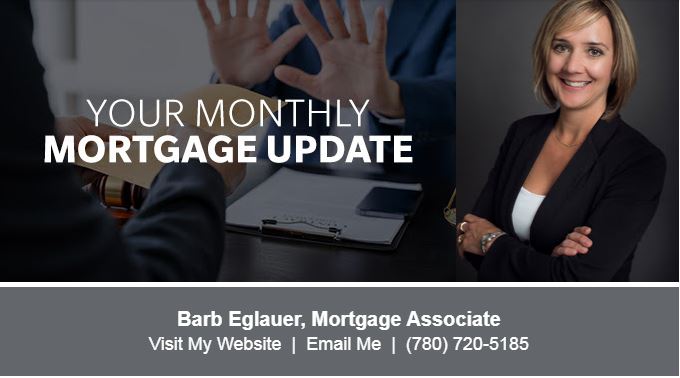
| How to reduce payment shock at renewal time By now, “trigger points” should be in the vocabulary of nearly every variable rate mortgage holder. There’s been a great deal of coverage lately about trigger points due to the rise in interest rates so far this year. Put simply, it’s the point where variable-rate mortgage borrowers with fixed mortgage payments are no longer paying down the principal, as 100% of their payment is going towards interest. In most cases, the lender will reach out to affected borrowers to arrange an increase in their monthly payments. And in the meantime, as rates have been rising, so too have amortization periods for borrowers with variable rate mortgages with fixed payments, since the mortgage balance is being paid down at an increasingly slower pace. That is, until renewal time, when the mortgage may renew at a higher rate with higher payments to bring the mortgage amortization back to the maximum number of years permitted. The benefits of making mortgage prepayments Rather than waiting for your mortgage to renew, impacted borrowers can take pre-emptive action and increase their mortgage payments in advance to soften the impact at renewal time. If you’ve currently got a variable-rate mortgage with fixed regular payments, consider reaching out so we can review your options available. Just as compounding interest can work wonders for growing savings, making additional payments to your mortgage–which always go directly towards paying down the outstanding balance–can have a surprising long-term impact and potentially shave years off your amortization. Even if you have a fixed-rate mortgage, it’s an option that should also be considered to help mitigate any higher payments at renewal time. Give me a call If you’d like to know more about the benefits of making prepayments or increasing your monthly payment amount–and if it’s the right decision for you–please don’t hesitate to call me. I’ll be happy to walk you through the math and show you the long-term impact on your mortgage. |








